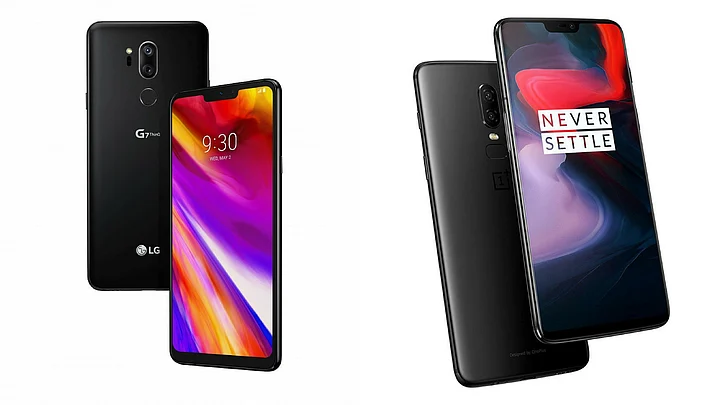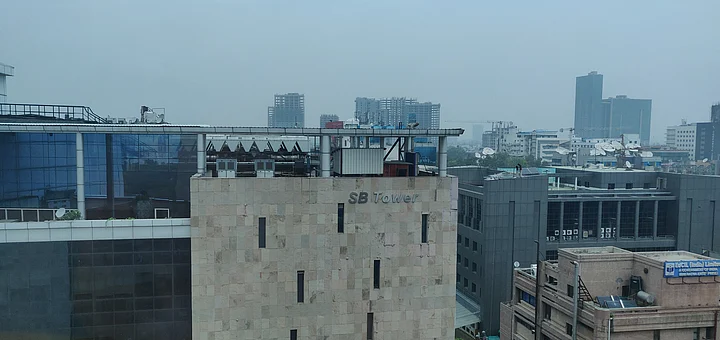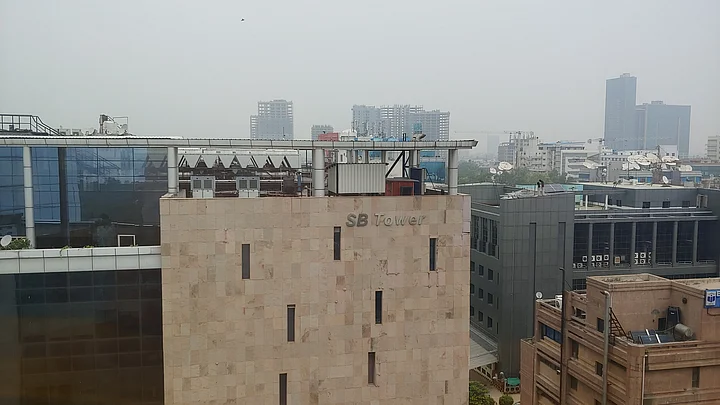OnePlus is the undisputed brand in the sub Rs 40,000 smartphone segment, where rivals have failed to match the price-to-specs equation. LG has found it hard to compete in the premium phone segment, with Samsung and Apple owning the space globally, while in India you have OnePlus - a brand that’s part of the Oppo and Vivo family.
This year we have already seen the OnePlus 6 repeating its feat from last year, becoming one of the popular devices in the premium (above Rs 30,000) market. LG pulled off a surprise by launching the G7+ ThinQ for under Rs 40,000.
For its price tag, the phone packs an impressive set of features that are hard to ignore. So, can LG’s darkhorse, the G7+ ThinQ give a tough fight to the OnePlus 6? Here’s a detailed comparison that’ll tell you more.
Design
Both the phones carry glass and metal body designs, which look elegant but they are fairly delicate. The cameras are placed vertically, right in the middle, below which you have the fingerprint scanner.
The USB Type C port is at the bottom, and luckily both these phones come with 3.5mm audio jack, which is becoming rarer on phones by the day. Size-wise, the G7+ ThinQ carries a smaller form size compared to the OnePlus 6, which is taller and wider than LG’s phone, even though the OnePlus 6 is marginally bigger.
On the front, you’re greeted with a notch at the top of the screen and a small chin size at the bottom, aided by the soft touch buttons. It’s worth pointing out that the LG G7+ ThinQ gets a physical button to open Google Assistant, and we’re not sure why LG doesn’t let you remap it to call up other features.
Both are elegant-looking devices in their own ways, but from a usability point of view, LG G7+ ThinQ has the right set of attributes. With the OnePlus 6, if you’re upgrading from a small screen device, the learning curve is longer.
Display
The OnePlus 6 gets a 6.2-inch AMOLED screen with 2280x1080 pixels resolution. The 19:9 screen ratio delivers a 83 percent screen-to-body ratio, as claimed by the brand.
LG G7+ ThinQ gets a 6.1-inch 3120x1440 pixels Quad-HD screen, which translates into higher pixel per inch (ppi) at 564. But honestly speaking, the stark contrast in ppi doesn’t become evident to the naked eye.
For its dimensions, the LG G7+ ThinQ looks significantly smaller, but the numbers say otherwise. Talking about quality, the AMOLED screen on the OnePlus 6 throws punchy colours and packs a high contrast ratio. The LG G7+ ThinQ is no slouch either, and the Quad-HD screen is bright, sharp and the blacks are dark, just like how it should be.
In this department, both the phones get equal marks, and it only depends on what’s the right size for you.
Hardware and Software
You get a Snapdragon 845 processor with both the phones, packing 6GB RAM in the LG G7+ ThinQ, while OnePlus 6 is available with 6/8GB RAM options. For storage, you’re getting 128GB onboard with the LG, and OnePlus 6 comes in three variants: 64GB/128GB and 256GB.
LG lets you expand storage on the LG G7+ ThinQ, but OnePlus limits its storage space to what’s available onboard. This has been a drawback with earlier OnePlus phones too.
Dual-SIM has become the norm for connectivity, and both the phones let you switch between multiple networks. This is an essential feature for users in India.
OnePlus 6 can handle a splash of water or two, but you can’t jump into a pool with it. LG G7+ ThinQ is IP68 certified, making it water and dust resistant.
OnePlus has packed the OnePlus 6 with a 3,300mAh battery, whereas LG seems to be confident that a 3,000mAh unit on the G7+ ThinQ would be sufficient for a day’s usage.
For biometric security, you can choose between fingerprint scanner or Face ID for unlocking the phone. Both features work as expected. They are fast and accurate, working in dim conditions on the OnePlus 6, while LG’s device needs better lighting to operate.
OnePlus customises stock Android flavour for its Oxygen OS that runs on the OnePlus 6. This version of Android is clean, fluid and doesn’t cause nagging errors. On top of stock Android, OnePlus adds its own set of features that have been well received by consumers.
The gesture support for navigation on the OnePlus 6 fares better in comparison than most devices in the market. LG needs to work extensively on making the experience better.
LG’s approach with software on the G7+ ThinQ is a breath of fresh air. Gone are the days when LG phones came with heavy, bloatware-loaded apps. What you see on the screen are utility apps, mostly catering to LG’s service support.
Camera
This is where OnePlus and LG have a tough fight on their hands. OnePlus 6 comes with 16-megapixel and 20-megapixel snappers at the back and both the sensors carry an aperture of f/1.7. LG has bettered the optics on the G7+ ThinQ with lower megapixels, both 16 to be precise, but aperture is set at f/1.6 and f/1.9 respectively, with a wide-angle lens in tow.
- 01/04Shot with the OnePlus 6(Photo: The Quint)

- 02/04Shot with LG G7+ ThinQ(Photo: The Quint)

- 03/04Shot with the OnePlus 6(Photo: The Quint)

- 04/04Shot with LG G7+ ThinQ(Photo: The Quint)

These images reflect the quality of snappers on the respective devices. By the looks of it, images clicked by the OnePlus 6 come out with cooler colours, while the G7+ ThinQ brings out the true essence of light in the background. Having said that, OnePlus seems to get more details through its sensor, while LG takes time to grab everything.
Which One is Worth Buying?
If you’ve got around Rs 40,000 to splurge on a phone and have to choose between these two phones, which one should you pick? It’s been hard to pick a winner as in most cases, the score has been even.
Both have sharp and bright screens with notch, glass and metal body that’s good looking, but fragile at the same time. They have cameras that can put out quality pictures in all conditions and the LG and OnePlus are feature packed, especially for what these devices cost.
Long story short, if you want to go for the tried-and-tested, then OnePlus 6 is your bet. Having said that, LG has a dark horse this year with the G7+ ThinQ, which is priced just about right.
If you’re open to taking chances, then LG’s got a package that won’t disappoint you either. It’s a tough call, but strangely, we’ve found it hard to choose between the two and that speaks volume for LG this year.
(At The Quint, we question everything. Play an active role in shaping our journalism by becoming a member today.)




